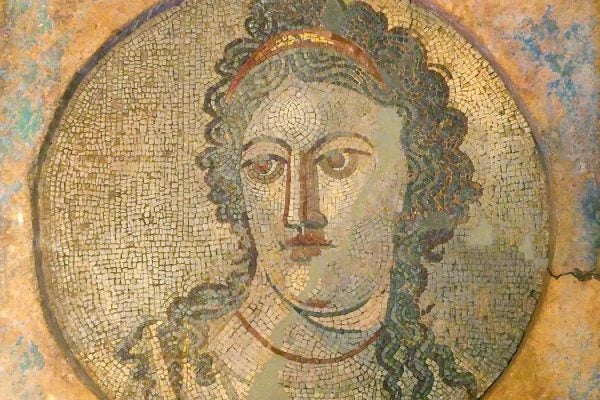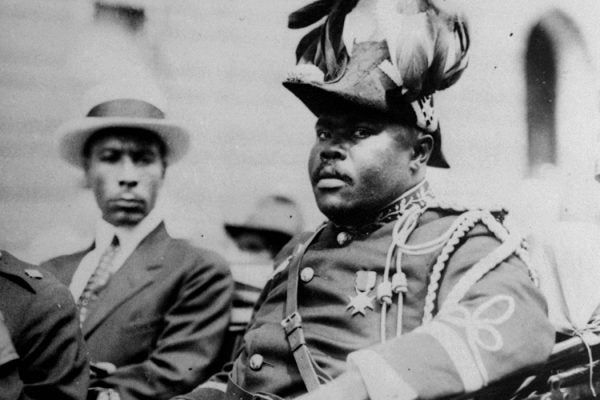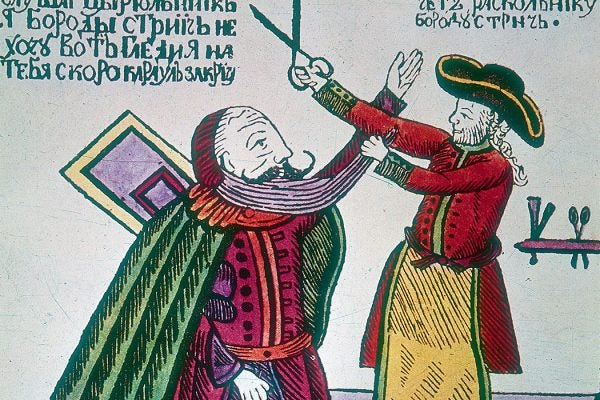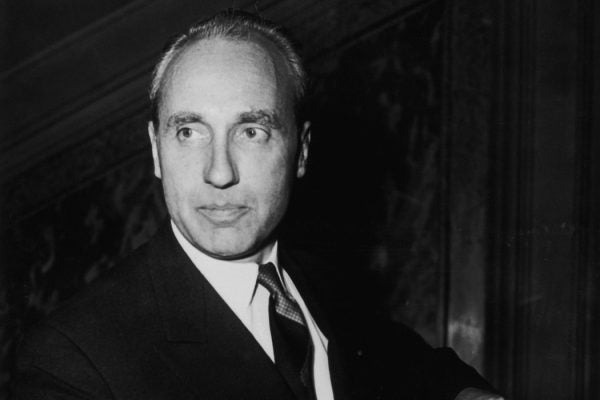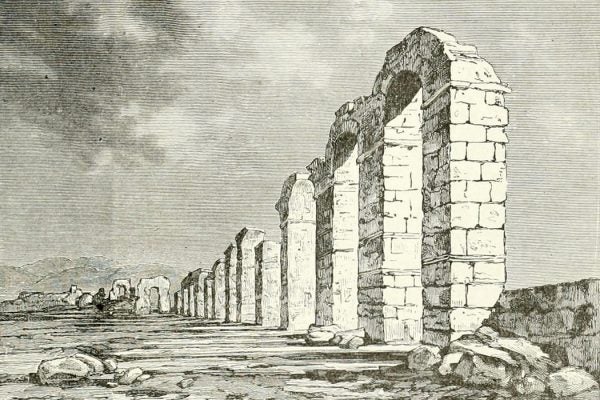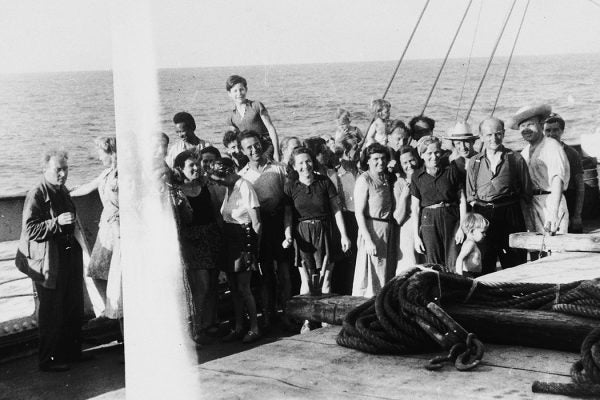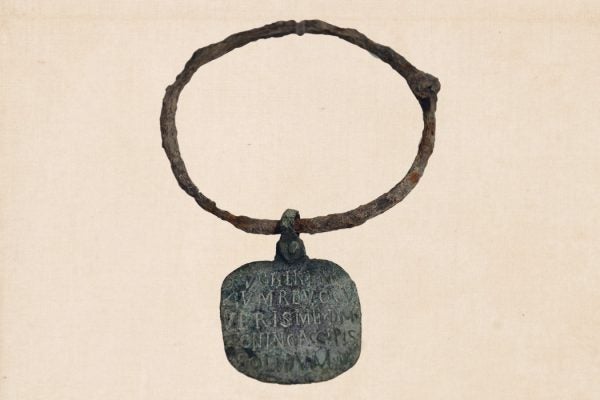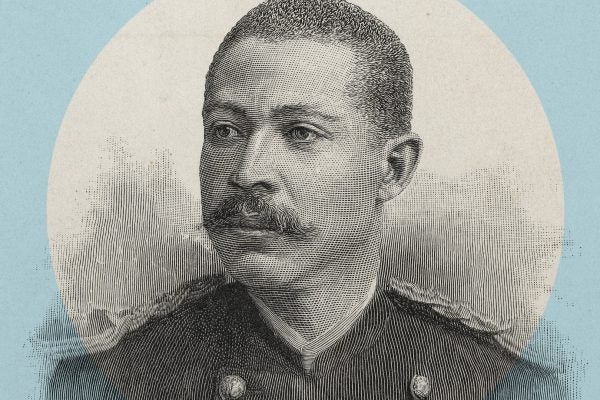Healing and Memory in Ancient Greece
The goddess Mnemosyne helped bards remember what to sing and was the mother of the Muses. But she also played a role in healing sanctuaries.
Marcus Garvey’s Journey Began in Central America
Marcus Garvey left Jamaica unemployed, an anti-colonial trade unionist who British authorities considered dangerous.
The “Stone Face” of Racism
On October 17, 1961, Parisian police attacked a group of Algerians. The event would be lost to French history until a Nazi collaborator was exposed.
The Archaeological Mystery of Tel Kedesh
Was a well-preserved set of game pieces and other childhood items buried by a young woman before she got married?
Fixing the Aqueduct from Hell
The Roman engineer Nonius Datus thought the project was in good shape when he left Saldae. He would return.
The World War II Escape Route from France to Martinique
After the fall of France to the Nazis in 1940, some refugees tried to make it out through the Caribbean.
Slave Collars in Ancient Rome
The objects purported to speak for the wearer: "Hold me! I have run away."
Catherine de’ Medici Was Good at Chess
The game was a way for early modern women in royal courts to prove their skill in political life.
George Washington Williams and the Origins of Anti-Imperialism
Initially supportive of Belgian King Leopold II’s claim to have created a “free state” of Congo, Williams changed his mind when he saw the horrors of empire.
